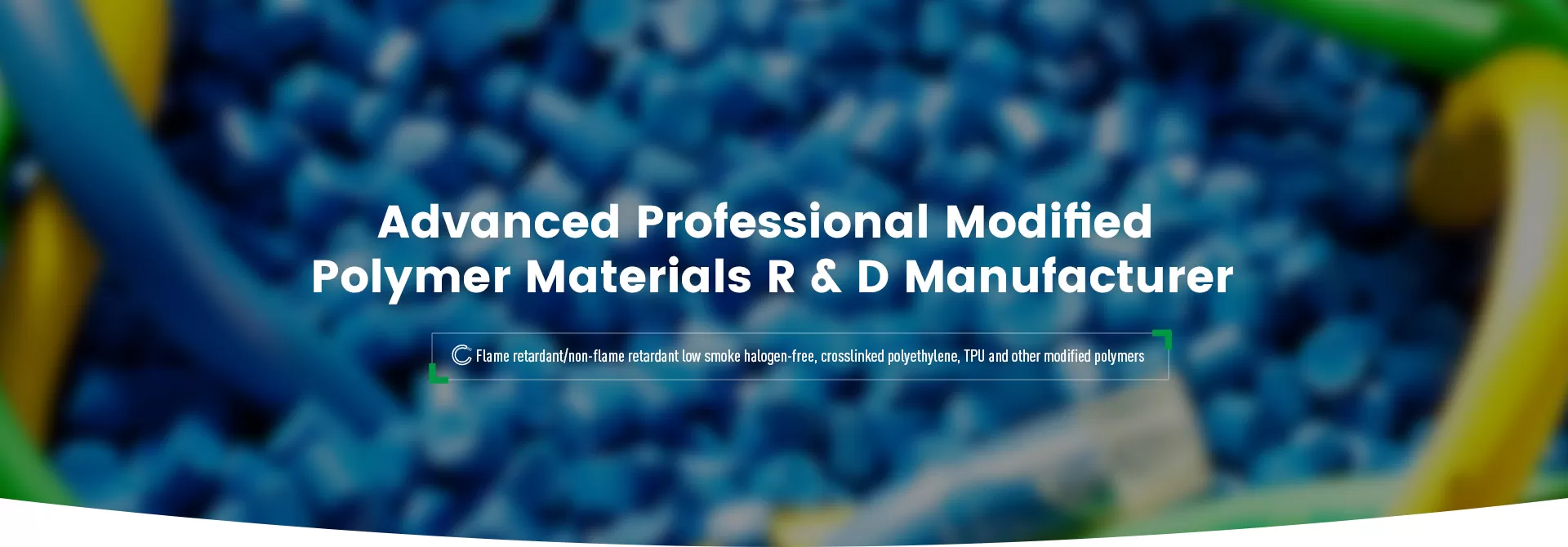
As the automotive industry continues to pursue lightweight, high performance and safety, the selection of cable materials is becoming more and more critical. XLPE material (cross-linked polyethylene material) has become a key component in automotive cable systems due to its excellent electrical properties, thermal stability and mechanical strength. This article will explore the specific application of cross-linked polyethylene materials in automotive cables and analyze its core advantages in modern vehicles.
XLPE material (Cross-linked Polyethylene) is a thermosetting material obtained by cross-linking the molecular structure of polyethylene by physical or chemical means. This cross-linked structure significantly improves its heat resistance, mechanical strength and chemical corrosion resistance, allowing it to maintain stable performance under high temperature, high voltage or high mechanical stress environments.
The temperature in the engine compartment is very easy to exceed 120°C when the engine is running, and traditional polyethylene materials are prone to melting or performance degradation at this temperature. Cables made of XLPE material have the ability to withstand temperatures of 125°C to 150°C, and are suitable for use in the main wiring harness system inside the engine compartment, effectively preventing the cable from softening, deforming or short-circuiting.
The electric vehicle market is growing year by year, and the high-voltage cable system is an indispensable part of electric vehicles. XLPE material has good insulation properties and dielectric strength, and can work stably under high voltage (such as above 600V) environments. It is widely used in the main drive high-voltage cables and charging lines of electric vehicles. It can also be used for charging pile cables.
When cars are driving in complex environments, such as contact with oil, salt spray, water vapor, mud and sand, ordinary cable sheaths are susceptible to corrosion. XLPE material has excellent chemical stability and is particularly suitable for manufacturing cable sheath layers to ensure that the cable system can operate for a long time without being disturbed by external factors.
| Performance indicators | PVC | Flame retardant PE | XLPE Material |
| Heat resistance | \ | Good | High temperature resistance |
| Electrical insulation performance | General | Excellent | Very good |
| Chemical corrosion resistance | General | Fair | Excellent |
| Environmental stress cracking resistance | Weak | Fair | Strong |
| Material flexibility | General | Good | Medium |
As can be seen from the above table, XLPE Material is superior to common automotive cable materials in many key indicators, and is particularly suitable for applications in high temperature, high pressure and harsh chemical environments.
Currently, more and more automakers (such as BYD and Xiaopeng) specify the use of 150℃ XLPE insulation materials in the vehicle wiring harness system, especially in new energy vehicles and hybrid models. The proportion of applications has increased significantly. This is not only due to safety and performance considerations, but also reflects the automotive industry's emphasis on high-performance environmentally friendly materials.
In addition, XLPE materials, while complying with environmental standards such as RoHS and REACH, also meet the automotive industry's green requirements for materials such as halogen-free and low smoke, further strengthening its dominant position in future cable applications.
As a high-performance cable material, XLPE material is gradually becoming a standard configuration for automotive cable systems. Whether it is dealing with high temperature, high pressure, or corrosion resistance in complex environments, cross-linked polyethylene materials have shown stable and reliable performance. With the development of automotive electrification and intelligence, the application of XLPE in the automotive field will continue to expand and become one of the key materials to promote the development of the automotive industry.